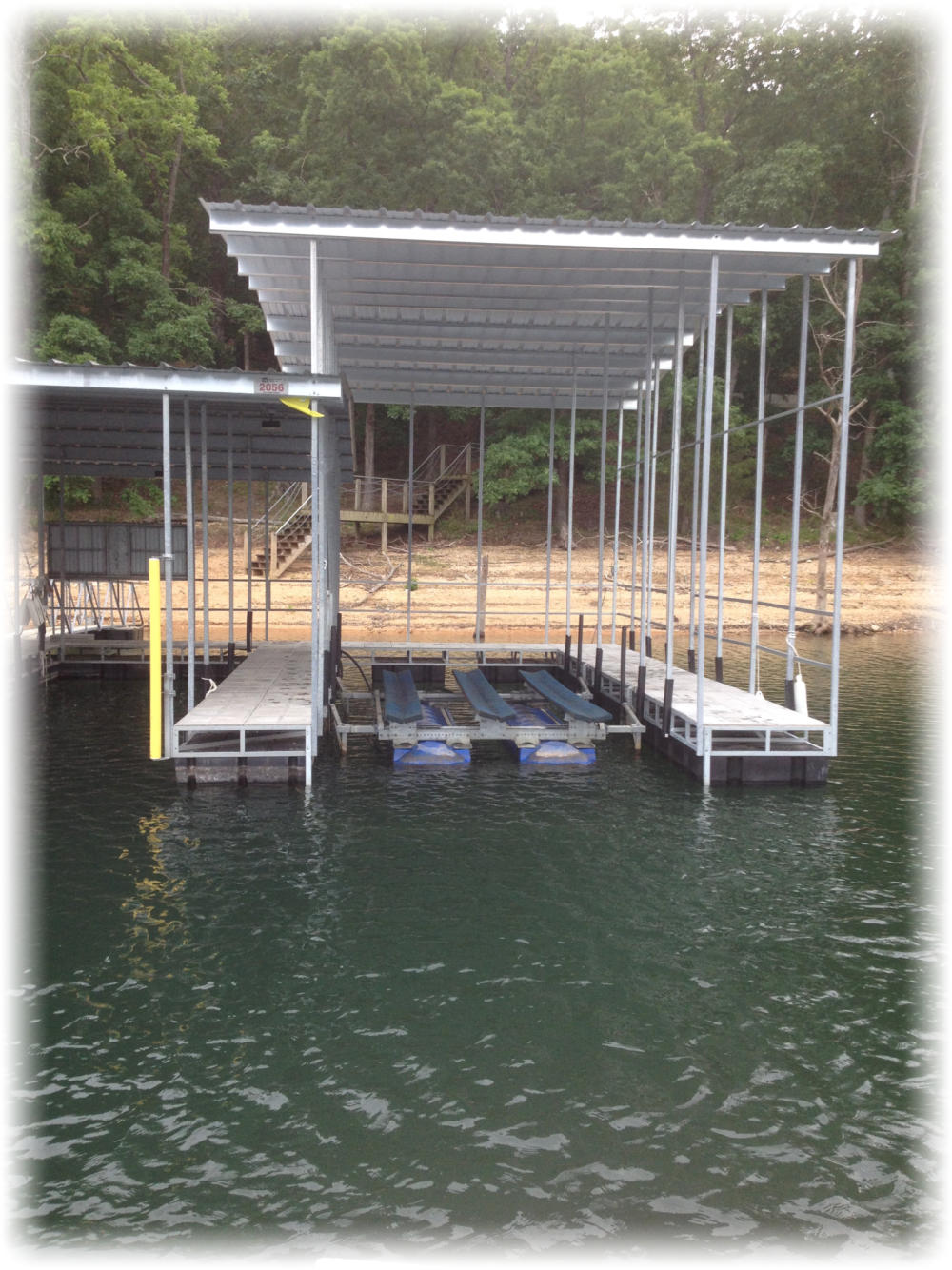DIY Tips for Simple Dock Repairs You Can Take Care Of
DIY Tips for Simple Dock Repairs You Can Take Care Of
Blog Article
Effective Dock Fixing Techniques: Ensuring Architectural Honesty
Making sure the structural honesty of docks with effective fixing methods is critical for the durability and safety and security of marine centers. This includes a multi-faceted method starting with extensive assessments using advanced modern technologies like sonar tools and remotely ran vehicles (ROVs) to discover both visible and hid damages. Subsequently, picking the right repair service products, such as composite materials and corrosion-resistant alloys, is critical for durability. Architectural support methods, consisting of the application of cross-bracing systems and load-distribution plates, play a crucial role in mitigating stress and anxiety points. However, the significance of these methods ends up being apparent when discovering advanced repair work techniques and preventative maintenance strategies.
Assessing Dock Damages
Evaluating dock damages is a critical initial step in ensuring the architectural honesty and security of any docking center. Key elements to take a look at consist of the dock's structure, pilings, decking, and equipment (Dock Repairs).
Architectural engineers or qualified inspectors usually execute these analyses using specialized devices and strategies. Undersea inspections could use sonar equipment or remotely ran automobiles (ROVs) to find immersed damage. Above water, aesthetic assessments are enhanced by using dampness meters and other analysis devices to reveal underlying issues not promptly visible to the naked eye.

Finding Fixing Materials
Choosing the appropriate repair work materials is a critical action in the dock reconstruction procedure, one that directly affects the long life and performance of the fixed framework. Product selection have to be driven by factors such as ecological problems, load-bearing needs, and compatibility with existing dock components. For circumstances, wood is a typical choice for docks because of its all-natural durability and aesthetic charm. Choosing the best type of wood, such as pressure-treated lumber or normally rot-resistant varieties like cedar or teak wood, is crucial to stand up to water atmospheres.
Along with timber, composite materials are progressively preferred as a result of their longevity and low maintenance demands. Composites, usually made from a blend of plastic and wood fibers, supply excellent resistance to rot, bugs, and UV damage. For metal anchors, choosing corrosion-resistant alloys such as galvanized steel or marine-grade aluminum is crucial to protect against rust and ensure architectural stability in saline water conditions.
Epoxy materials and marine-grade sealants are crucial for fixing splits and securing joints, giving a waterproof barrier and enhancing the dock's total strength. By meticulously picking top quality products, dock repair services can achieve resilient results, consequently safeguarding versus future degradation and making certain risk-free, trustworthy use.
Structural Support Techniques
Effective architectural support strategies are important in making certain the security and durability of dock fixings. This approach is specifically efficient for anchors revealed to hefty lots or harsh environmental problems.
One more important strategy is the application of fiber-reinforced click to find out more polymers (FRP) These materials provide high strength-to-weight proportions and excellent resistance to deterioration, making them optimal for strengthening concrete or wooden anchors. FRP can be applied in strips or sheets and bonded with epoxy resins to boost structural integrity.
Supporting and anchoring systems likewise play a critical function in structural reinforcement. Cross-bracing, utilizing steel or wood light beams, can neutralize side forces, lowering swaying and movement. Anchoring systems, such as helical piers or driven heaps, offer a secure foundation by moving tons to much deeper, much more stable soil layers.
Finally, the combination of load-distribution plates can help distribute weight a lot more equally across the dock's surface, mitigating local anxiety points. These techniques jointly ensure that docks continue to be risk-free and durable, capable of standing up to the rigors of their operational environment.
Advanced Repair Work Techniques

Another sophisticated method entails undersea welding, which permits for fixings to be conducted without the requirement to dewater the location. This method is particularly useful for attending to architectural issues in immersed dock parts, making sure marginal interruption to operations. Enhanced welding techniques, paired with robotic systems, provide precision and dependability, consequently prolonging the lifespan of the dock.
Furthermore, cathodic defense systems are implemented to avoid deterioration in metal dock structures. By utilizing sacrificial anodes or amazed present systems, these methods properly mitigate the electrochemical processes that cause material degeneration.
Finally, advanced monitoring modern technologies, such as structural health and wellness monitoring (SHM) systems, give real-time data on the condition of dock frameworks. These systems allow proactive maintenance and timely interventions, ultimately ensuring the long-term architectural integrity of the dock.
Maintenance and Prevention
Maintenance and prevention are basic concepts that underpin the long life and safety of dock frameworks. Normal examinations are paramount, enabling very early discovery of damage, possible weak points, and environmental impacts. A positive technique, including regular checks for corrosion, rot, and structural changes, mitigates pricey site repair services and lengthens the dock's operational life.
Safety nets ought to include using safety finishings to steel parts to secure against rust and making use of cured wood to withstand degeneration. Additionally, making certain proper water drainage and air flow can stop water build-up, which is an usual reason of structural deterioration. Integrating high quality materials and adhering to producer guidelines throughout construction and repair service stages likewise play crucial duties in boosting durability.

Training workers in dock upkeep best methods makes certain consistent application of preventive measures. Leveraging technical advances, such as drones for assessments and sensors for real-time surveillance, can additionally boost upkeep efforts. visit this website By focusing on maintenance and prevention, dock proprietors can make sure architectural integrity, functional safety and security, and cost-efficient monitoring over the dock's life-span.
Verdict
In conclusion, maintaining the architectural stability of marine facilities requires extensive dock fixing strategies. Advanced fixing strategies, combined with regular upkeep methods, make sure the dock continues to be functional and secure under diverse ecological conditions.
Making certain the architectural stability of anchors through reliable repair work methods is extremely important for the long life and safety of marine facilities.Picking the suitable repair work products is a pivotal step in the dock remediation procedure, one that straight influences the durability and performance of the fixed structure.Efficient architectural support strategies are critical in guaranteeing the security and long life of dock fixings. By focusing on upkeep and avoidance, dock proprietors can make sure structural honesty, functional security, and economical monitoring over the dock's life expectancy.
In conclusion, preserving the architectural integrity of aquatic facilities necessitates comprehensive dock fixing methods.
Report this page